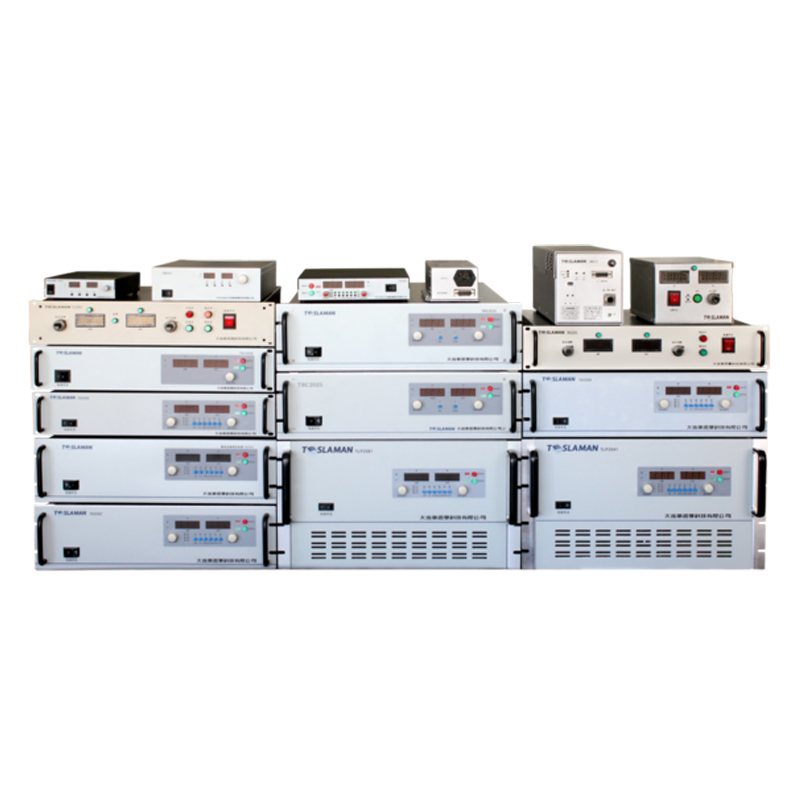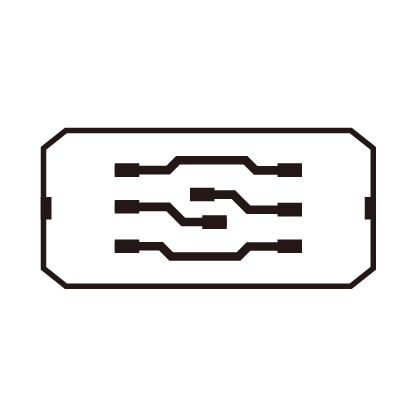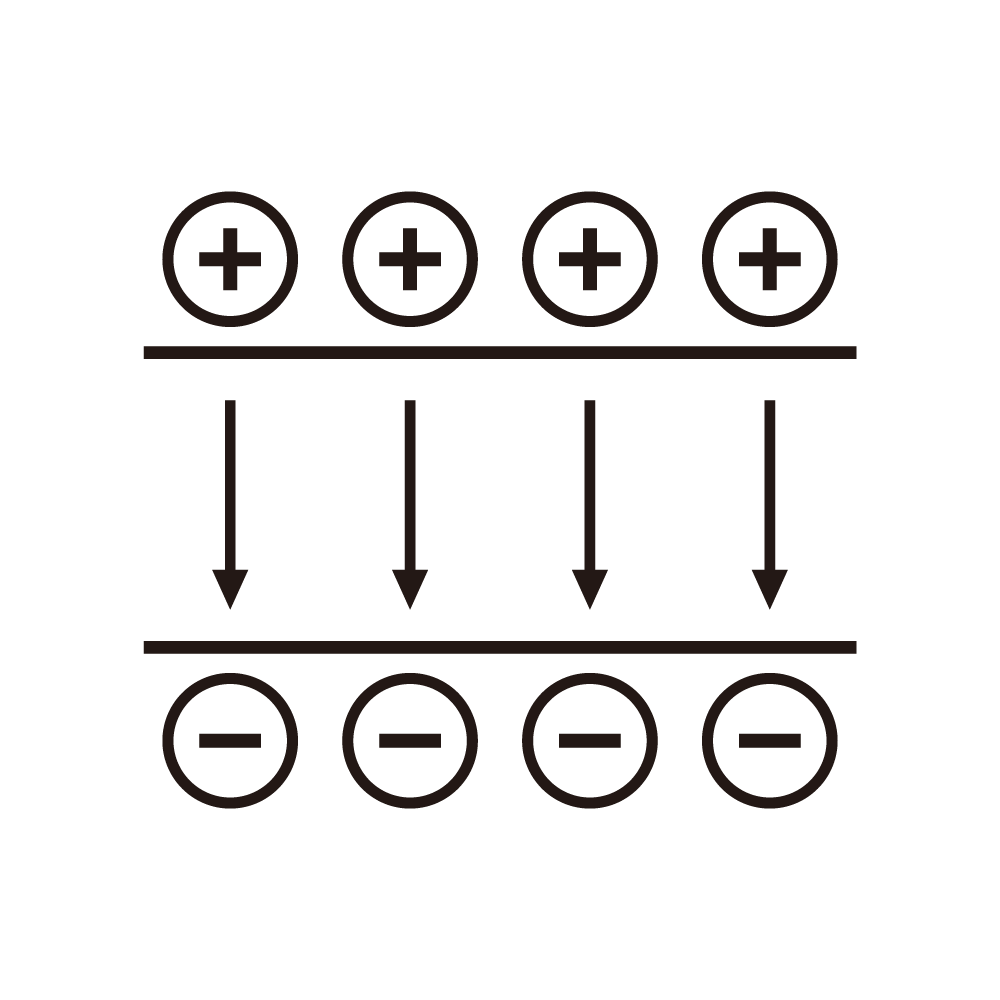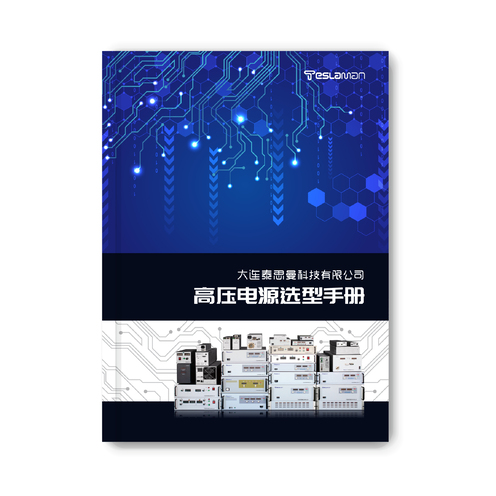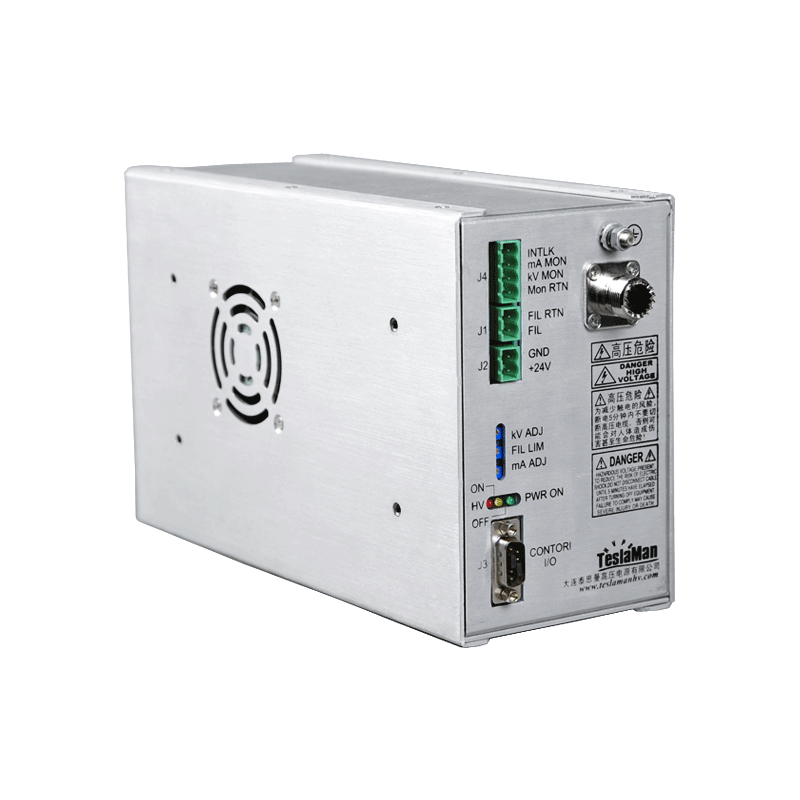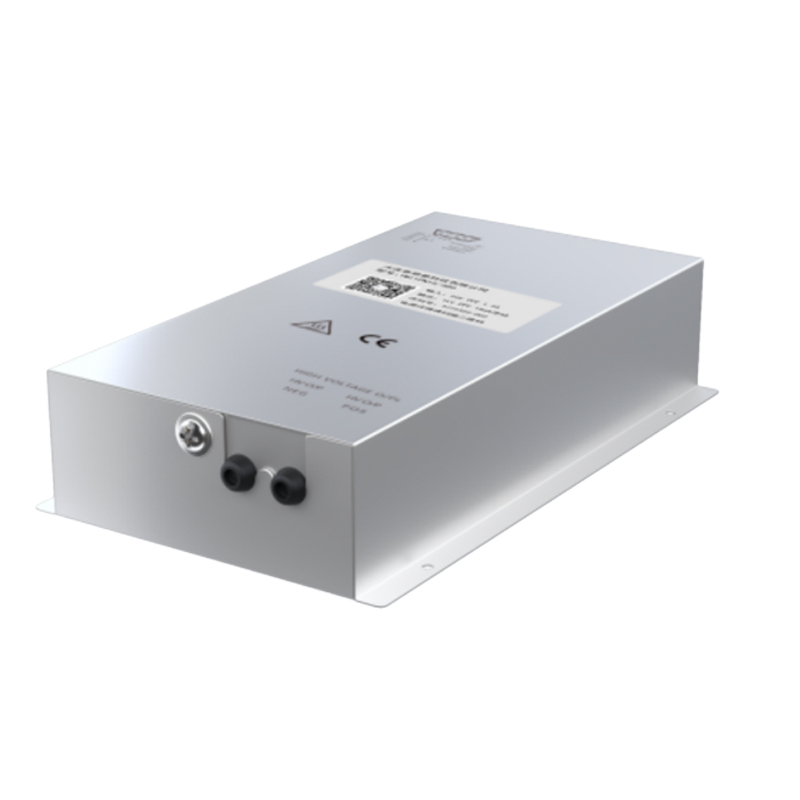Exploration on the Miniaturization Path of High-Voltage Power Supplies for Semiconductor Testing
In the current era of booming semiconductor industry, semiconductor testing, as a crucial link in ensuring the quality and performance of chips, has increasingly stringent requirements for testing equipment. As one of the core components in semiconductor testing equipment, the miniaturization process of high-voltage power supplies is of great significance for improving the overall performance of testing systems, reducing costs, and enhancing portability. It is gradually becoming a research hotspot in the industry.
From the perspective of technical principles, traditional high-voltage power supplies often use relatively large transformers, capacitors, and other components for voltage conversion and energy storage to achieve high-voltage output. The physical characteristics of these components inherently limit their miniaturization. For example, in the case of conventional power frequency transformers, the volume of their iron cores and windings is closely related to the output power and voltage level, making it difficult to significantly reduce their size while maintaining performance. To break through this bottleneck, new high-frequency conversion technologies have emerged. By increasing the switching frequency, the volume of magnetic components such as transformers can be reduced. The application of high-frequency soft-switching technology can not only reduce switching losses but also further optimize circuit efficiency. As a result, compared with traditional power frequency transformers, the volume of high-frequency transformers can be significantly reduced under the same output power, laying a solid circuit foundation for the miniaturization of high-voltage power supplies.
In terms of improving power density, the application of advanced power semiconductor devices is crucial. The new generation of silicon carbide (SiC) and gallium nitride (GaN) power devices have higher breakdown electric field strength, lower on-resistance, and faster switching speeds. Using these devices in high-voltage power supplies can effectively reduce the heat dissipation requirements while increasing the switching frequency of the power supply, thus allowing for the adoption of more compact heat dissipation structures. This is essential for reducing the overall volume of the power supply. For example, the power density of high-voltage power supply modules based on SiC devices can be several times higher than that of traditional silicon-based device power supplies. Under the same power output conditions, the packaging size of the modules can be greatly reduced, which is an important step towards achieving the miniaturization goal.
Furthermore, the modular design concept plays an important role in the miniaturization of high-voltage power supplies. Dividing the high-voltage power supply into several functionally distinct modules, such as the front-end rectification and filtering module, the intermediate voltage conversion and regulation module, and the rear-end output monitoring and protection module, etc. After each module undergoes independent optimization design and miniaturization treatment, a complete high-voltage power supply system is formed through reasonable layout and connection. This approach not only improves the flexibility and maintainability of the design but also facilitates the adoption of highly integrated packaging technologies, such as multilayer circuit boards and system-in-package (SiP). By closely integrating each module together, the connection cables and space occupation between modules are reduced, greatly promoting the miniaturization process of high-voltage power supplies.
In addition, with the development of microelectromechanical systems (MEMS) technology and nanotechnology, some micro and miniaturized passive components such as capacitors and inductors, as well as new devices like MEMS-based high-voltage generators, have gradually emerged. These micro and nano devices have extremely small sizes and unique performance advantages. Applying them to the design of high-voltage power supplies is expected to further promote the miniaturization of high-voltage power supplies in the future, providing stronger support for the high integration and portability of semiconductor testing equipment, thereby meeting the new challenges and demands put forward by the continuous development of the semiconductor industry for testing technologies and promoting the continuous progress and innovation of the entire semiconductor industry chain.
